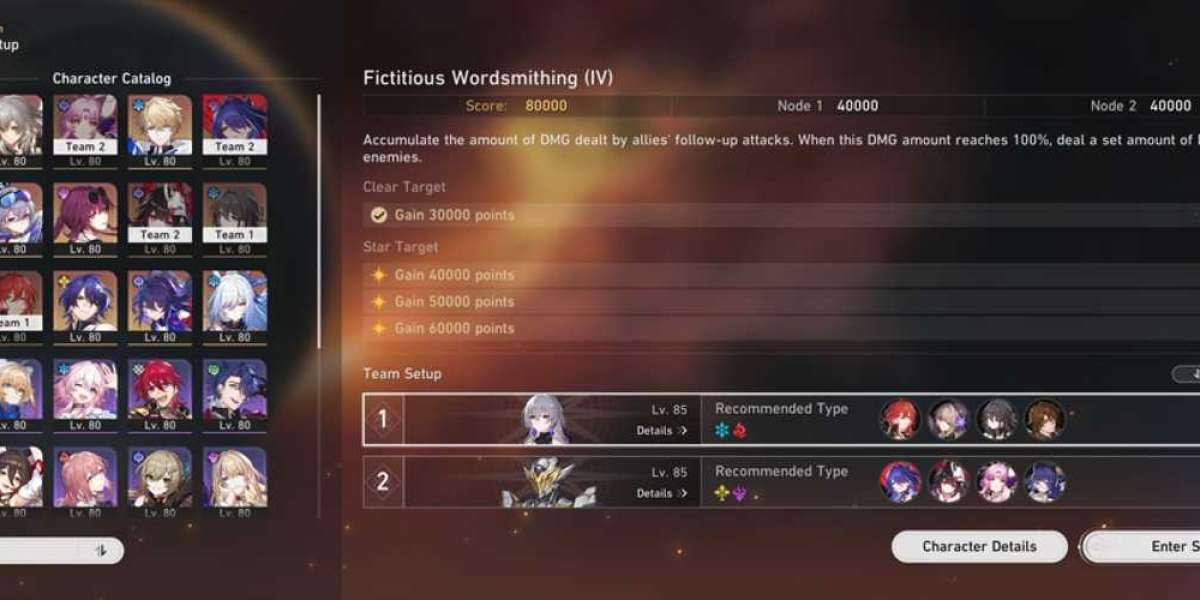Introduction to Professional Embroidery Digitizers
In the world of embroidery, the role of professional embroidery digitizers is paramount. These skilled artisans translate intricate designs into a digital format that embroidery machines can understand. The digitizing process is not merely a technical task; it is an art form that requires a deep understanding of design, fabric types, thread behavior, and the intricacies of embroidery machines. The result is a seamless blend of creativity and precision, ensuring that every stitch contributes to the overall beauty and durability of the final product.
The Art and Science of Embroidery Digitizing
Embroidery digitizing is the process of converting artwork into a digital file that an embroidery machine can read. This file guides the machine in stitching the design onto fabric. The digitizing process involves several steps, each requiring meticulous attention to detail:
Design Analysis: Before the digitizing process begins, the digitizer carefully analyzes the design. This involves understanding the design's complexity, the number of colors involved, and the fabric on which it will be embroidered. The analysis is crucial for determining the best approach to digitizing the design, ensuring that it will translate well onto fabric.
Pathing: Pathing is the process of determining the order in which the embroidery machine will stitch the design. A well-planned path minimizes thread breaks, reduces the amount of time the machine spends moving between different areas of the design, and ensures that the final product is smooth and free of unnecessary thread overlaps.
Stitch Type Selection: Professional digitizers must choose the appropriate stitch types for different parts of the design. Common stitch types include satin stitches, fill stitches, and running stitches. Each type has its own characteristics and is suitable for different elements of a design. For instance, satin stitches are often used for lettering and borders, while fill stitches are ideal for larger areas of color.
Stitch Density: Stitch density refers to the number of stitches within a given area. Too many stitches can cause the fabric to pucker, while too few can result in a design that lacks definition. Professional digitizers carefully adjust stitch density based on the fabric type and the design's requirements to achieve the perfect balance.
Underlay Stitches: Underlay stitches are the foundation of the embroidery design. They provide stability and prevent the fabric from shifting during the embroidery process. Professional digitizers know how to use underlay stitches effectively to enhance the quality and appearance of the final design.
Color Management: Proper color management is essential in embroidery digitizing. The digitizer must ensure that the thread colors in the design file match the intended colors in the final product. This requires an understanding of thread types, their interaction with different fabrics, and the visual impact of color combinations.
The Importance of Expertise in Embroidery Digitizing
Embroidery digitizing is not a one-size-fits-all process. The expertise of a professional digitizer is crucial in ensuring that the final embroidered product meets the highest standards of quality. An experienced digitizer understands the nuances of different fabrics, how threads behave under various conditions, and how to optimize designs for different embroidery machines. This level of expertise is what sets professional digitizers apart from those who are less experienced.
Quality Assurance in Embroidery Digitizing
Quality assurance is a critical aspect of embroidery digitizing. Professional digitizers conduct thorough tests on their digitized designs before they are approved for production. This testing phase includes:
Sample Stitch-Outs: A sample of the design is stitched out on the intended fabric to ensure that it meets the desired quality standards. This allows the digitizer to make any necessary adjustments before full-scale production begins.
Review and Adjustments: Based on the sample stitch-out, the digitizer may need to make adjustments to the design file. This could involve tweaking the stitch density, adjusting the pathing, or modifying the color sequence.
Final Approval: Once the design has been tested and any necessary adjustments have been made, the final design file is approved for production. This rigorous quality assurance process ensures that the final embroidered product is of the highest quality.
Why Choose Professional Embroidery Digitizers?
Choosing a professional embroidery digitizer is essential for anyone looking to create high-quality embroidered products. The benefits of working with a professional digitizer include:
Precision: Professional digitizers have the skills and experience needed to create precise, accurate designs that translate well onto fabric. This precision is crucial for creating designs that look sharp and professional.
Customization: Professional digitizers can customize designs to meet the specific needs of their clients. Whether it's adjusting a design to fit a particular fabric or creating a completely custom design from scratch, a professional digitizer can tailor the design to meet the client's exact specifications.
Efficiency: Experienced digitizers know how to create designs that are efficient to produce. This includes minimizing the number of thread changes, reducing the overall stitch count, and ensuring that the design can be produced quickly and cost-effectively.
Consistency: Professional digitizers ensure that designs are consistent across multiple items. Whether you are producing a single item or a large batch, a professional digitizer can ensure that every piece meets the same high standards of quality.
Choosing the Right Professional Embroidery Digitizer
When choosing a professional embroidery digitizer, it's important to consider several factors:
Experience: Look for a digitizer with a proven track record in the industry. An experienced digitizer will have a portfolio of past work that demonstrates their ability to create high-quality designs.
Technology: The digitizing process relies heavily on technology. Make sure the digitizer uses up-to-date software and equipment to ensure the best possible results.
Customer Service: Communication is key in the digitizing process. Choose a digitizer who is responsive, listens to your needs, and provides clear, timely communication throughout the process.
Reputation: Check reviews and testimonials from past clients. A digitizer with a strong reputation in the industry is more likely to deliver high-quality results.
Cost: While cost is always a consideration, it's important to remember that you often get what you pay for in embroidery digitizing. Investing in a professional digitizer may cost more upfront, but it can save you time and money in the long run by ensuring that the final product meets your expectations.
Conclusion: The Value of Professional Embroidery Digitizers
In conclusion, professional embroidery digitizers by Absolute Digitizing play a crucial role in the world of embroidery. Their expertise ensures that designs are not only visually appealing but also durable and functional. By understanding the intricacies of fabric, thread, and machinery, professional digitizers create designs that stand the test of time. Whether you are a business looking to produce branded apparel or an individual seeking to create a custom piece, partnering with a professional embroidery digitizer is the key to achieving the highest quality results.








